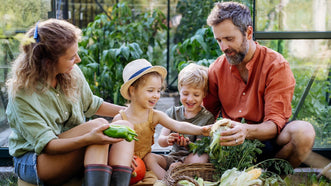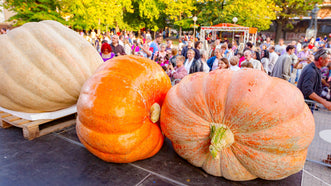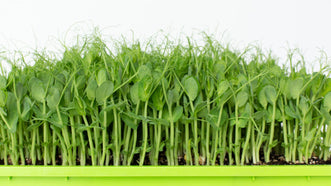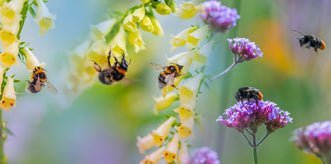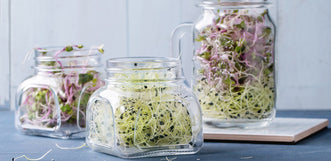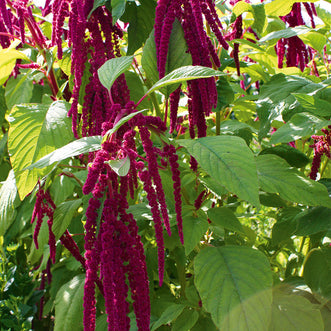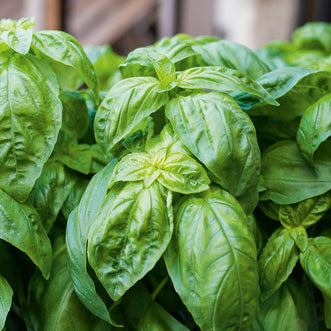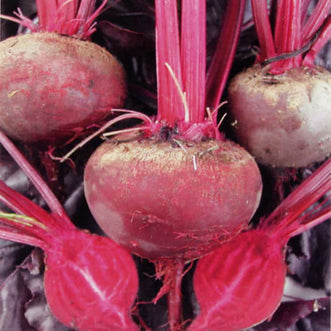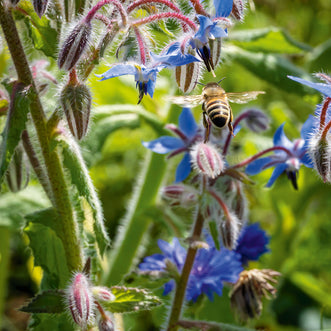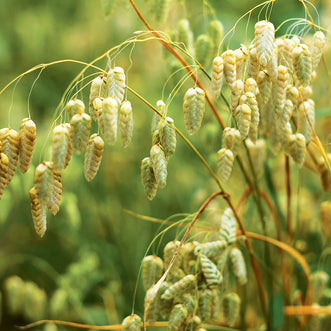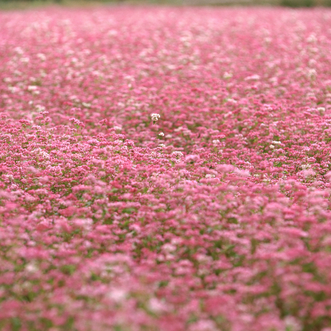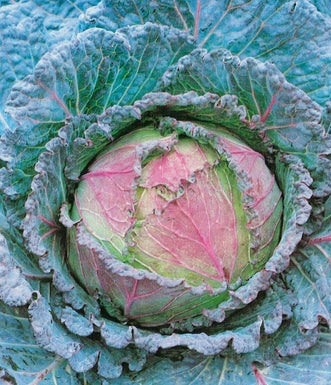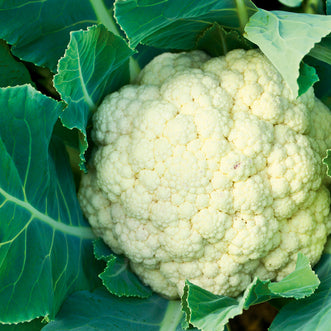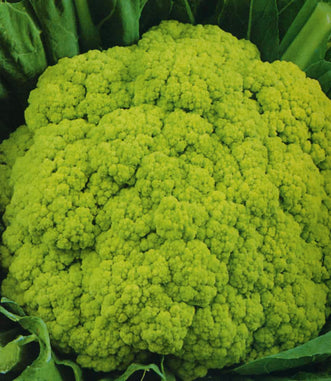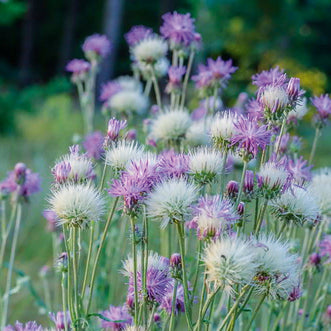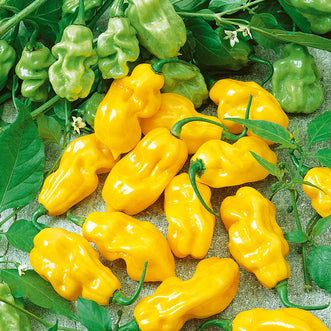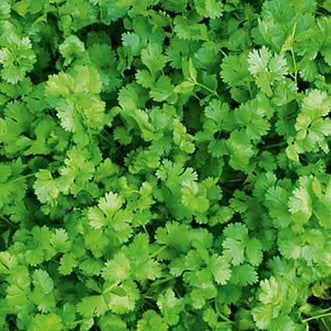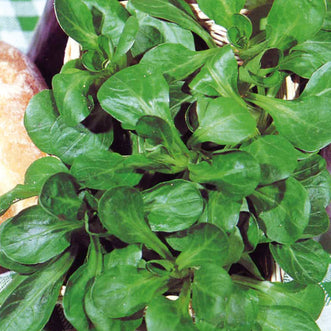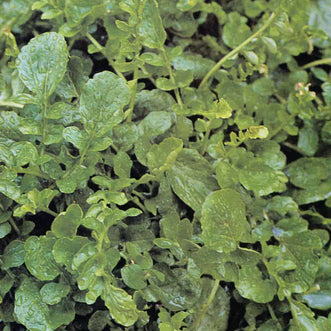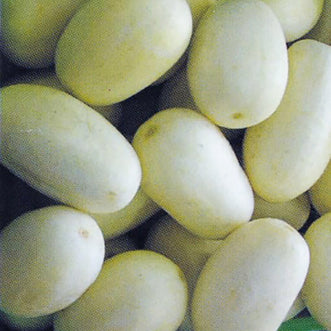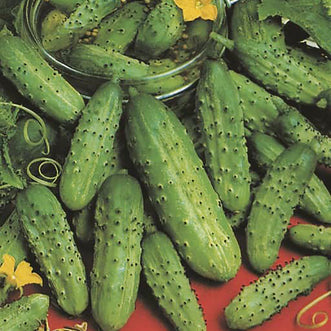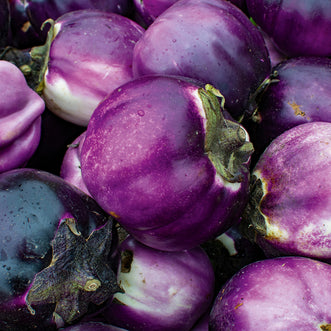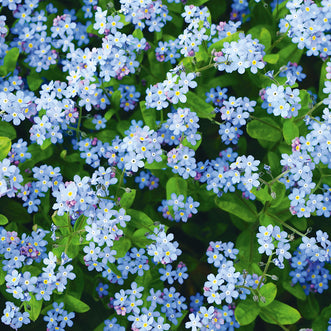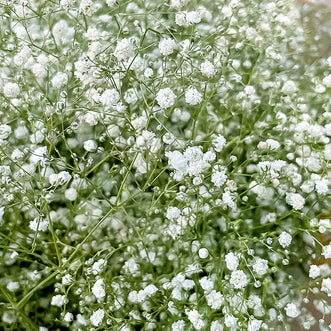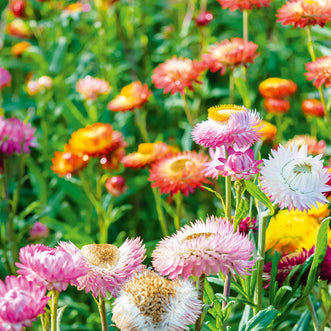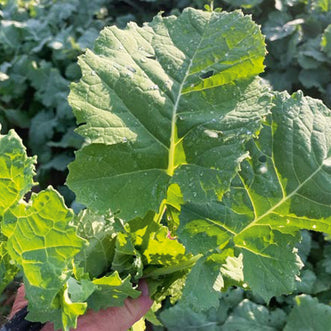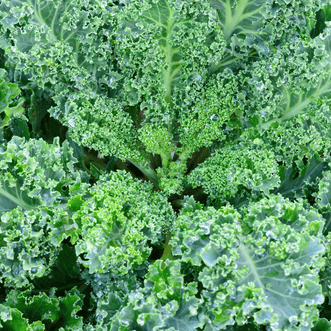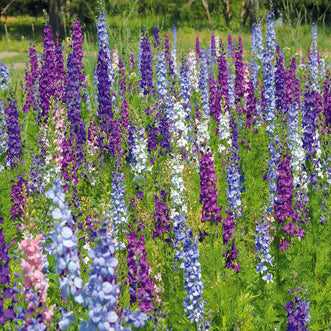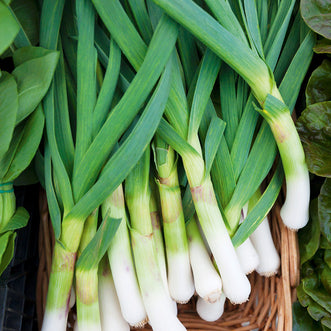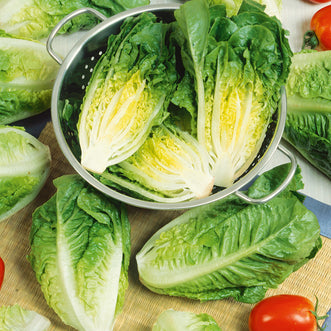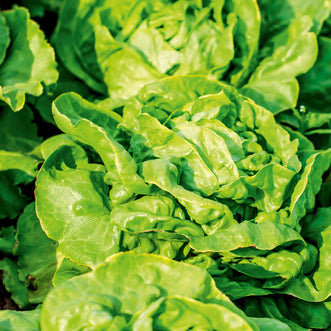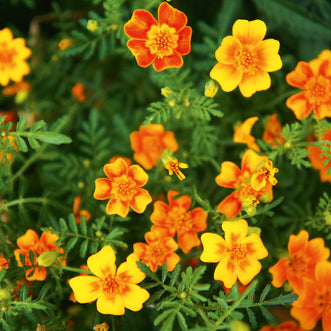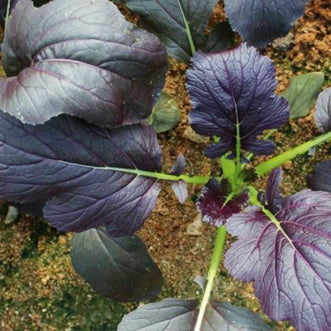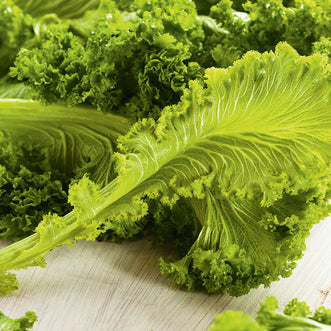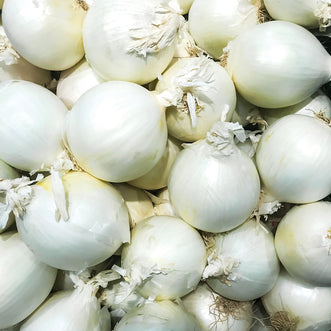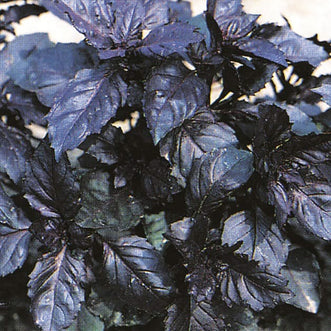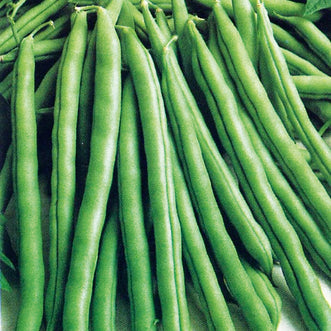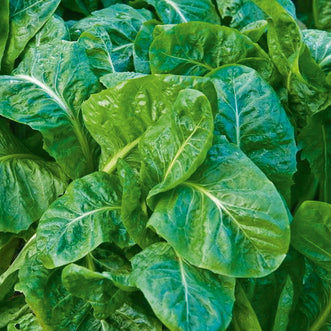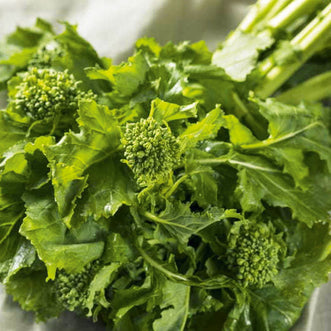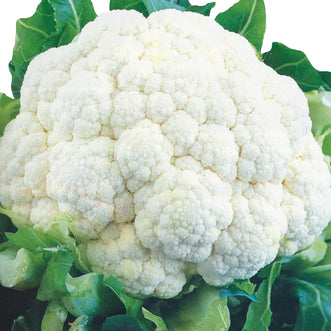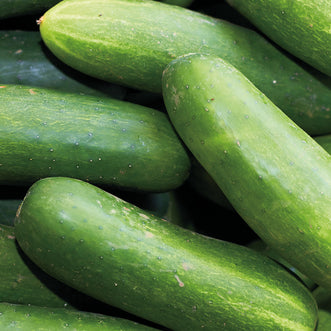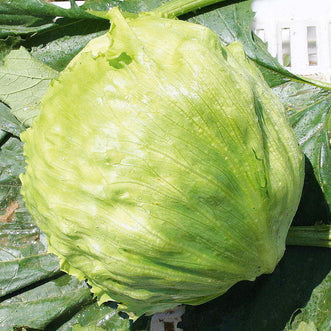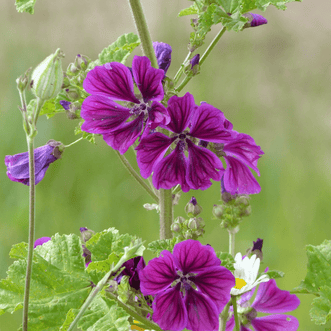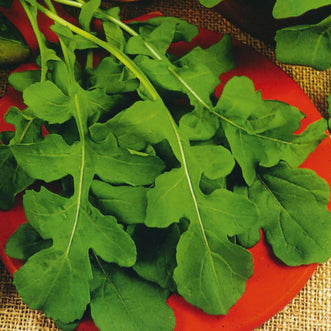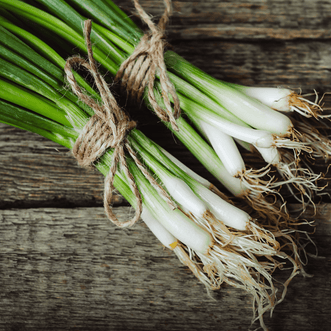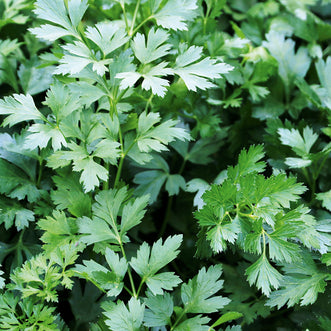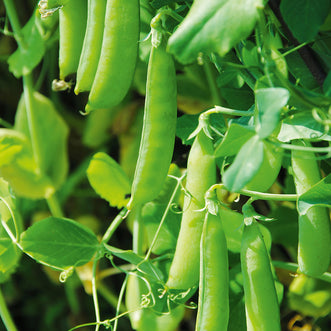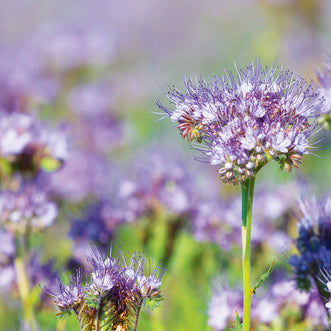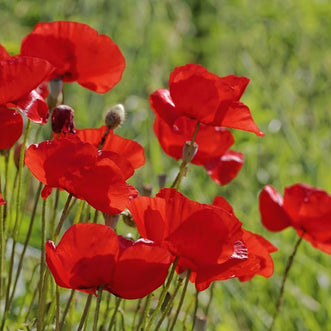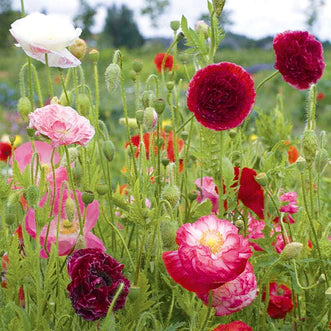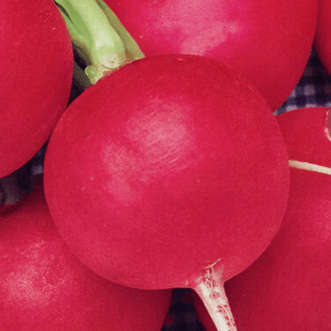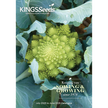Grow something outside your comfort zone

Every gardener will have a different 'comfort zone' when it comes to gardening. Do you tend to grow varieties that you know will be successful and will require minimal attention? This was me until a couple of years ago, when I decided to challenge myself by choosing a new variety to try each Spring and Autumn. I hope this blog will challenge you to try just one more variety that may require a little more planning or attention than you are used to providing.
If you are new to gardening or expanding your experience in the garden, finding varieties outside your comfort zone will help you learn and increase your gardening knowledge.
If, on the other hand, you are an experienced gardener who has spent many hours and years nurturing your flowers and vegetables, you may find you will have to think about finding a new variety to grow, but I am sure there will always be something you have never grown before that would be worth trying. With the cost of seed being so reasonable, it is easy to spend a few dollars adding just 1 or 2 packets a year to your order to give your green thumbs a challenge.
As a 'Gardener in Learning' the title of this blog covers a wide range of things for me. Part of the challenge was to give up some precious garden space each year to try at least one thing that I have not grown before. Last summer I tried the Bergamot Bee Balm with great success. The number of bees in my garden was amazing and my produce was more plentiful due to the extra pollination. Growing this new variety was a very successful experiment, which I can now relate back to when talking on the phone to customers about one of our hot topics - bringing the bees into your garden.
I also grew the purple tomatillo, which I found were prolific but really slow to colour-up. I plan to do some more reading on this variety before I attempt them again.
With one success and one not completely fruitful, I deem that to be a balanced garden experiment.
This year my gardening experiments include trying the new Blue Pea Shelling. These have been battling against the Spring winds, but are hanging in there. Just the flowers alone are fantastic and I can't wait to see the peas. This variety obviously appeals to many of you out there as it has shot into our Top 20 list this year. This is a huge achievement when there are 1000 varieties on offer, particularly in its first season in the Kings Seeds catalogue!
Some of the varieties I find difficult to grow get another chance, usually with more care and attention and a little research (there's not much you can't find on Google when it comes to gardening). Chillies and peppers sometimes seem to elude me but last year I managed to successfully grow the Anaheim chillies, so this has inspired me to try the Pepper Greek Golden Pepperoni this year - they sound really yummy.
Some suggestions to get your creative ideas going and create something different in your garden.
Grow flowers amongst your vege patch if you normally grow vegetables only. Marigolds (see our previous blog on this flower) are a great option for healthy soil. Bergamot bee balm will bring in the bees, and how about some edible flowers like the violas?
Have you ever considered utilising your flower beds to grow extra veges or herbs amongst your flowers? This can create a talking point. Some beans have very pretty flowers especially the Scarlet Runner Bean, Sunset Runner Bean and Painted Lady. We grew the Pea Fiji Feathers here at work this year to see what they would look like when grown past microgreen stage. The flowers turned out to be a gorgeous show of purples in a big clump that grew to about 1m high.
STEVIA
We get a lot of interest in Stevia seed, as people are becoming more and more aware of its use as a sugar substitute. The leaves are twenty times sweeter than cane sugar but with a very low calorie count. Using stevia instead of sugar is particularly good for diabetics as it provides the feeling of sweetness on the taste buds with no increase in the blood-sugar levels.
It can prove to be challenging to grow, so here are some tips for growing Stevia:
1. The seed requires light to germinate so must be sown on the surface of your seed-raising mix. Just press gently into the mix and do not cover.
2. Warmth is important for germination so a heat pad may be a good option, or if you don't have one, sow the seed when the soil temperatures are warmer. If it is too cold the seed will rot.
3. Using a spray bottle to mist spray is a good idea until the sprout is established, which is usually in the first 3 days.
4. Germination is usually around 75% so take this into account when sowing your seed (3 in 4 seeds should germinate).
5. Grow on in a light sandy soil with good drainage and be careful not to over-water.
6. The plants grow to approx 30cm and can be left outside during summer but protect them from wind and frost in the cooler months by bringing them inside.
PHLOMIS LEMON PUFFS

This structural plant has flowers that grow at intervals up a tall stem (up to 2m high), with green foliage around each flower.
Once the longer process of germination has been achieved, I like the fact that it is a low maintenance plant liking full sun and well drained soil.
To germinate this lovely flower you will need to do a bit of planning, as the seed needs to be chilled in the fridge for approx 6 weeks before germination. This is called stratification and is required by some plants to trick the seed into thinking it has just gone through winter. When taken out of the fridge, you are allowing the seed to come out of its natural dormancy, finding conditions that trigger its embryo into growth and expansion. When a seed is in its natural state in the wild, the seed would have been in the ground through the winter period. The cold, moist conditions of winter are the same as being in your fridge. As it gets warmer, the softened seed coat breaks open in the search for sun and nutrients.
Asparagus is a vegetable that requires some patience as they grow from crowns which must be nurtured before they are big enough to produce spears for harvest. Start by sowing your seeds in a container for the first year. In the second year, plant out in your garden, 20-40cm apart, in Spring. Picking of spears increases each year after the first year of being planted out. For a more comprehensive read on Asparagus here is the link to one of our previous blogs.
It is always tempting to grow the tried and true to suit your family's tastes and to meet your need for ingredients for preserving for the winter months, but for any keen gardener, the satisfaction you get from trying just one new variety can be wonderful. Garden space is quite often the issue with every last little space allotted its particular vegetable, herb or flower, but I promise it is worth making room for something new. I think that the old saying may be quite apt........success breeds success.

